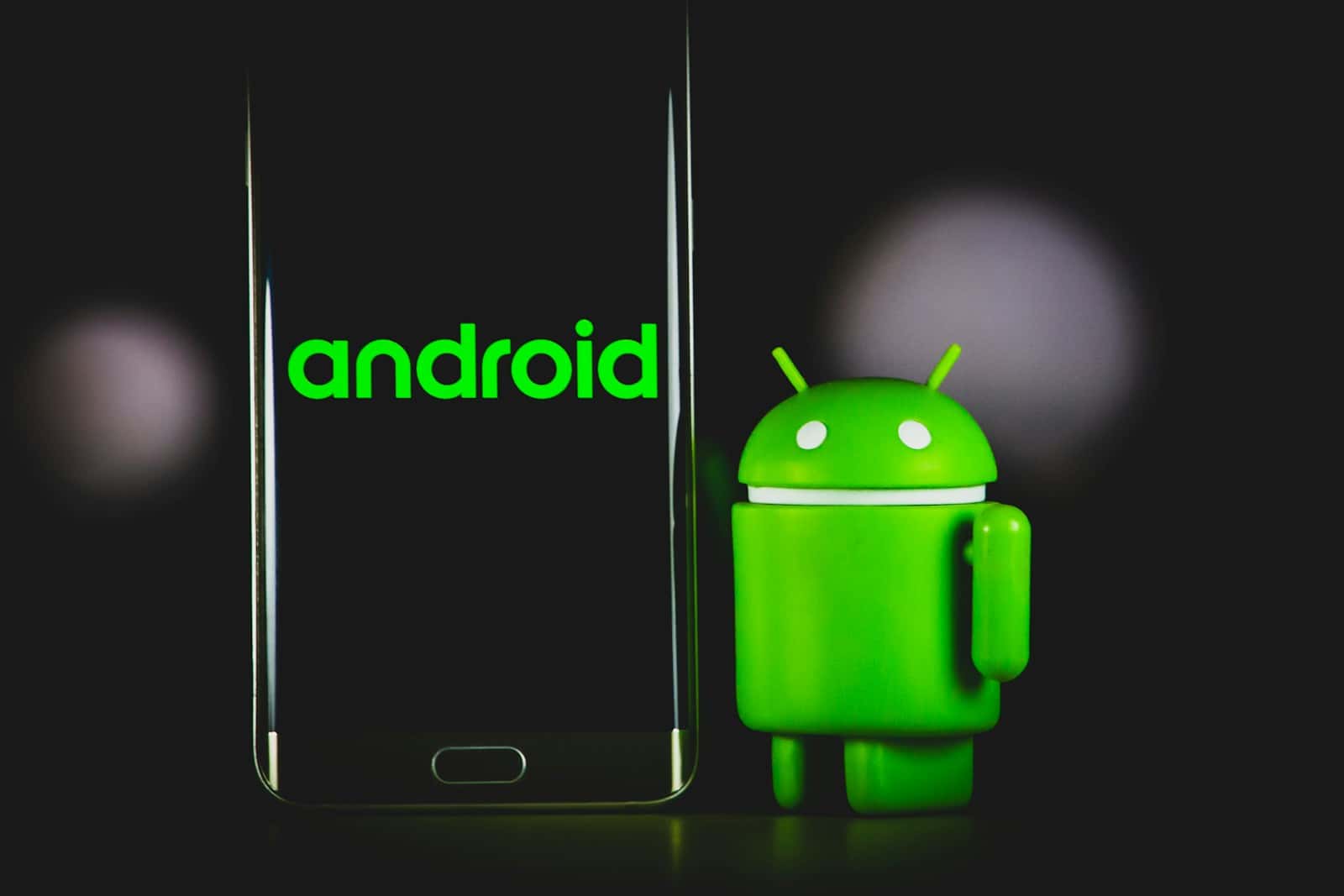Installing Android on an iPhone may seem like an idea from science fiction, but recent developments have made it a topic of both curiosity and serious discussion. It involves overriding the iPhone’s default operating system iOS with Google’s Android platform. While this concept challenges the norms of smartphone usage, it presents an interesting opportunity for tech enthusiasts seeking to experience Android on Apple’s hardware.
The process is not straightforward given the fundamental differences in the hardware and software of iPhones and Android devices. Projects like Sandcastle have emerged, attempting to bridge this gap by exploiting vulnerabilities such as the checkra1n jailbreak. However, users interested in such a venture need to understand the technical steps involved and the potential instability issues that may arise.
Exploring the Possibility of Android on iPhone
Project Sandcastle: A Glimpse of Possibility
Project Sandcastle, an ambitious project developed by Corellium, aimed to bring the Android operating system to select iPhone models. It involved intricate modifications and custom drivers to bridge the gap between Apple’s hardware and Google’s software.
Limited Compatibility
While Project Sandcastle showed promise, its compatibility was limited to a few older iPhone models, namely the iPhone 7, iPhone 7 Plus, and iPod Touch (7th generation). These devices, running iOS 13 or later, were the only ones capable of supporting this experimental Android port.
Challenges and Limitations
Installing Android on an iPhone wasn’t a walk in the park. The process required jailbreaking the device, a procedure that voids warranties and could potentially harm the phone. Additionally, the Android experience on iPhones was far from perfect, with several key features like audio, cellular connectivity, Bluetooth, and camera functionality not working as intended.
Current Status and Future Prospects
Project Sandcastle is no longer actively maintained, and installing Android on an iPhone remains a complex and niche endeavor. However, it ignited curiosity and demonstrated the potential of bridging the gap between two dominant mobile operating systems.
| Aspect | Project Sandcastle | Current Status |
|---|---|---|
| Compatibility | Limited (iPhone 7/7 Plus/iPod Touch 7th gen) | Limited to older models |
| Functionality | Limited, many features not working | Requires technical expertise |
| Maintenance | No longer active | Not actively developed |
| Future Prospects | Uncertain | Potential for future projects |
Key Takeaways
- Android can be installed on certain iPhone models using projects like Sandcastle.
- A complex process is involved that exploits vulnerabilities in the iOS system.
- The installation might lead to potential instability issues on the iPhone.
Technical Feasibility and Limitations
The idea of installing Android on an iPhone involves complex processes and comes with significant constraints. Despite ongoing advancements, several technical roadblocks remain, which stem from inherent differences in system architecture, security measures, and hardware design.
Understanding the Core Differences Between iOS and Android
iOS and Android operate on fundamentally different architectures. Apple’s iOS is a closed system that prioritizes security, often referred to as a “walled garden.” It is designed to run solely on Apple hardware. On the other side, Android, developed by Google, is an open-source operating system that allows for greater flexibility. Android can be modified by manufacturers and developers to suit various devices.
Jailbreaking iOS to Modify Boot Processes
To run Android on an iPhone, one must first perform a jailbreak. This process unlocks the iOS system, allowing the user to modify the software otherwise restricted by Apple. Tools like Cydia provide access to software like Bootlace or iDroid. Kernel patches applied by these tools are crucial to alter the boot sequence, enabling the potential for another operating system to load.
Hardware Compatibility and Constraints
The iPhone’s hardware is proprietary and tightly integrated with iOS. Projects like Corellium’s ‘Project Sandcastle’ show that even when the software hurdles are cleared, hardware compatibility issues persist. For instance, the iPhone 7 and iPhone 7 Plus possess the necessary hardware support, but features like the home button and cellular connectivity may not function with Android due to driver incompatibilities. Newer iPhone models beyond the iPhone 7 and iPod Touch seventh generation are not currently supported due to further complexities in hardware.







